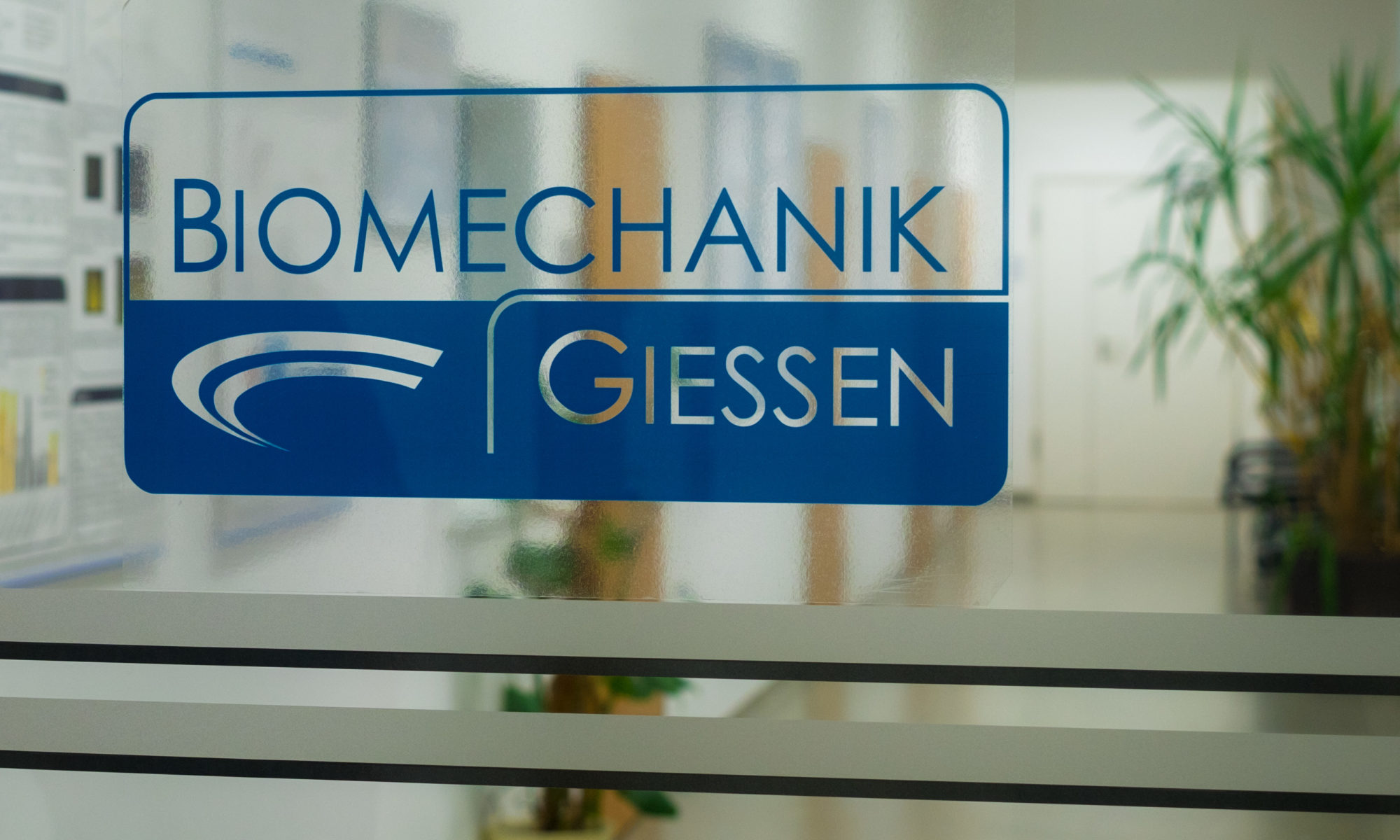Fölsch C 1 , Fonseca Ulloa CA 2 , Harz T 2 , Schirmer J 2 , Glameanu C 3 , Scherberich J 4 , Krombach G 4 , Rickert M 3 , Martin JR 5 , Kühn KD 6 , Jahnke A 2
Med Eng Phys. 2023 Sep:119:104027. doi: 10.1016/j.medengphy.2023.104027. Epub 2023 Jul 20.
- Department of Orthopaedics and Orthopaedic Surgery, University Hospital Gießen and Marburg (UKGM), Justus-Liebig-University, Klinikstraße 33, 35392 Gießen, Germany; Laboratory of Biomechanics, Justus-Liebig-University Gießen, Klinikstraße 29, 35392 Gießen, Germany. Electronic address: christian.foelsch@t-online.de.
- Laboratory of Biomechanics, Justus-Liebig-University Gießen, Klinikstraße 29, 35392 Gießen, Germany.
- Department of Orthopaedics and Orthopaedic Surgery, University Hospital Gießen and Marburg (UKGM), Justus-Liebig-University, Klinikstraße 33, 35392 Gießen, Germany; Laboratory of Biomechanics, Justus-Liebig-University Gießen, Klinikstraße 29, 35392 Gießen, Germany.
- Department of Diagnostic and Interventional Radiology, Laboratory for Experimental Radiology, Justus-Liebig-University, Klinikstraße 33, 35392 Gießen, Germany.
- Vanderbilt University Medical Center, 1215 21st Ave S Suite 4200, Nashville, TN 37232, USA.
- Department of Orthopaedics and Orthopaedic Surgery, Medical University Graz, Auenbruggerstraße 5, Graz, Austria.
Abstract
Early aseptic loosening following primary total knee arthroplasty related to several factors might appear at the interface implant-cement or cement-bone. A standardized in vitro model might provide information on the relevance of single variable parameter of cementation including technique and cement respectively bone structure on fixation strength. Micromotion measurement using different directions of load should detect the primary stability of the interfaces. An open-cell rigid foam model was used for cementation of PFC-Sigma tibial trays with Palacos®. Pins were applied to the model for continuous non-destructive measurement. Relative micromotions for rotation, valgus-varus and extension flexion stress were detected at the interfaces as well as cement penetration was measured. The reproducibility of the measurement could be shown for all interfaces in extension-flexion movements. For rotation a negative trend was shown for the interface cement-prosthesis and cement-bone concerning varus-valgus stress reflecting varying surgical cementation technique. More micromotion related to extension-flexion force might reflect the design of the implant. Measurement of relative micromotion and cement distribution appear accurate to detect small differences of movement at different interfaces of cemented tibial implants and the results are reproducible for most parameter. An increased number of specimens should achieve statistical relevance for all measurements.
Keywords: Cementation technique; Interface cement-bone and implant-cement; Loosening knee arthroplasty; Micromotion; Open-cell rigid foam.
